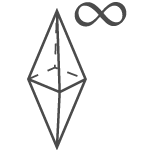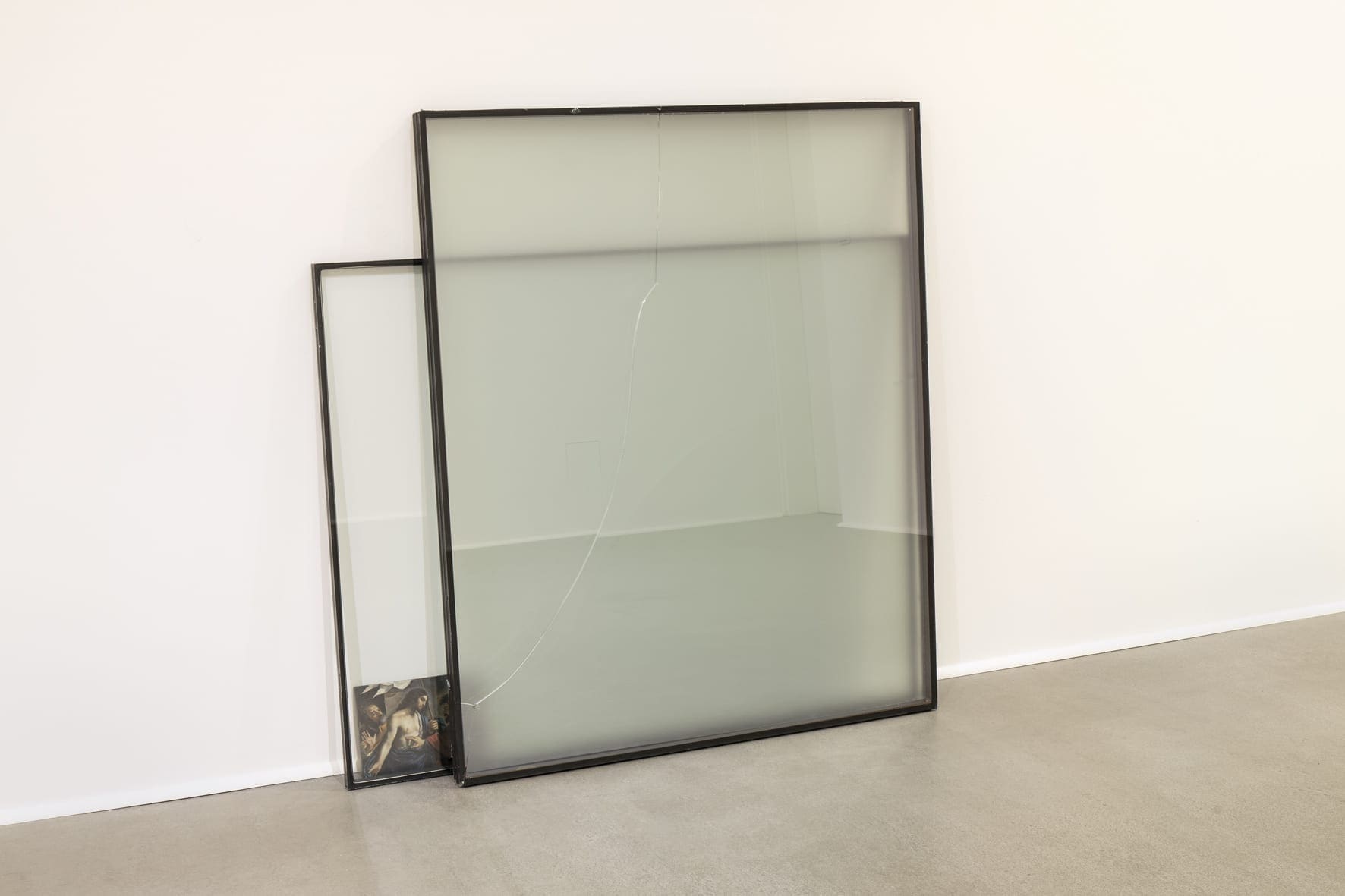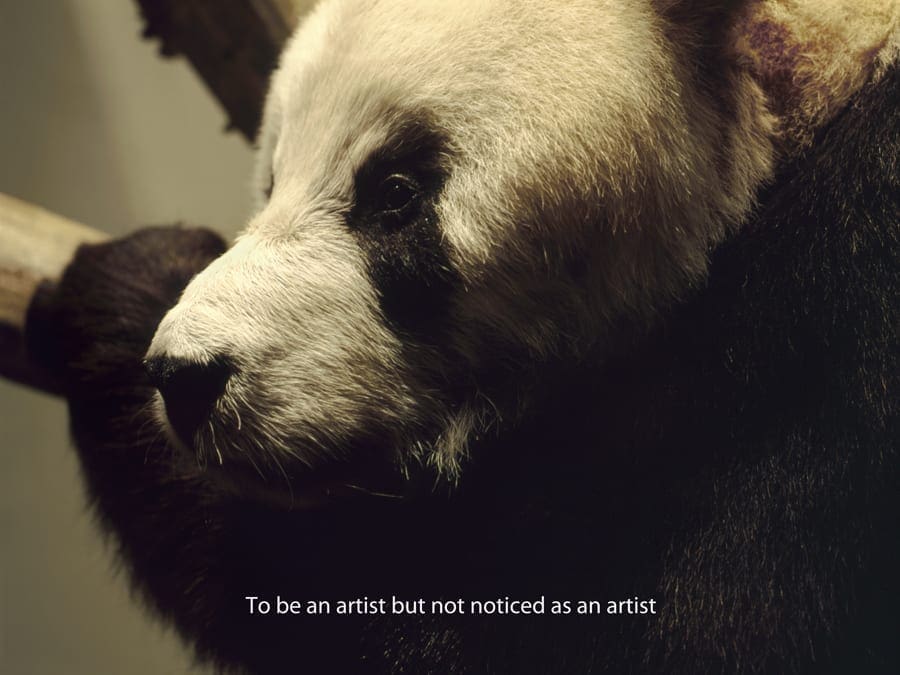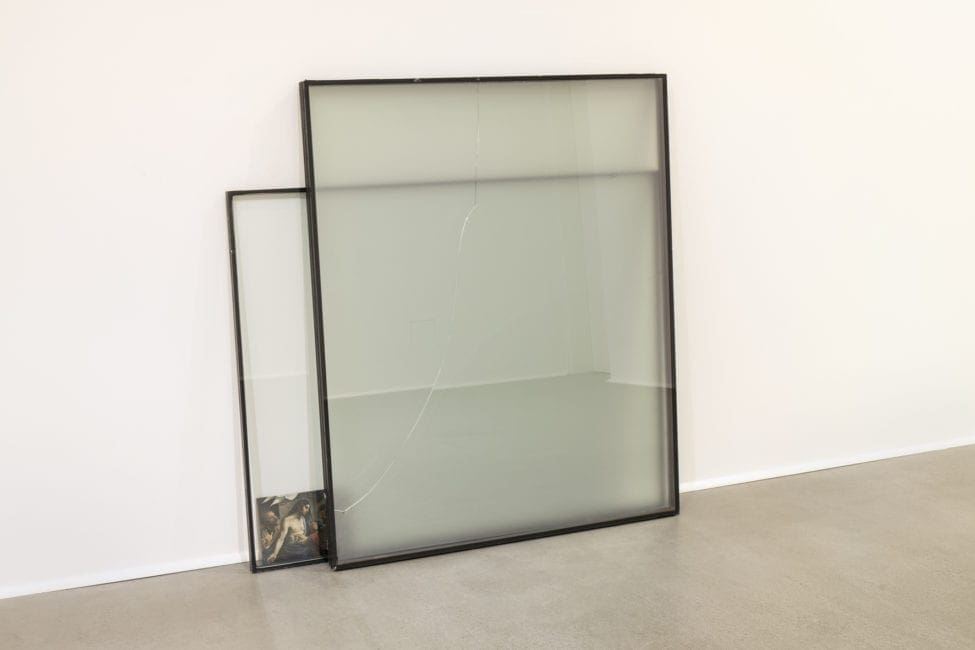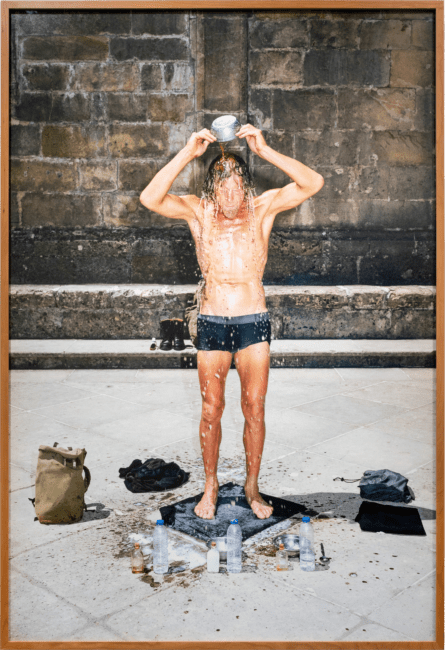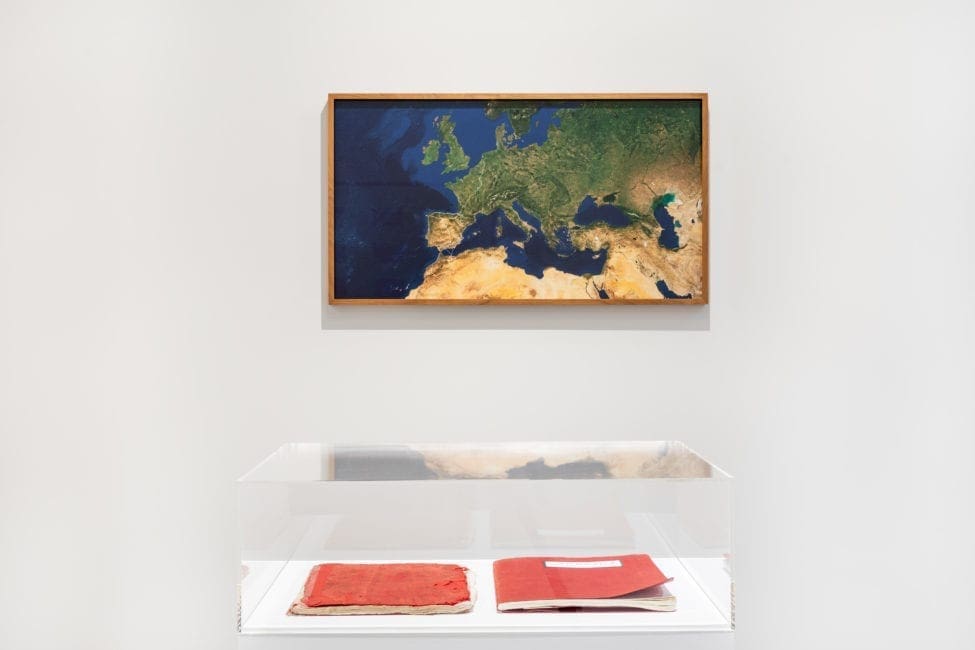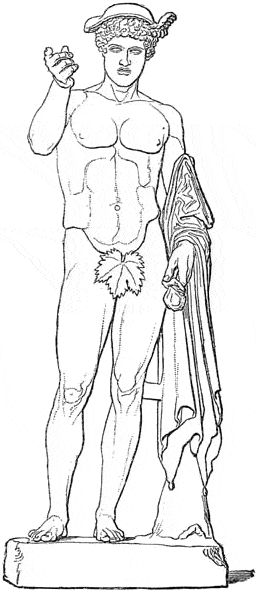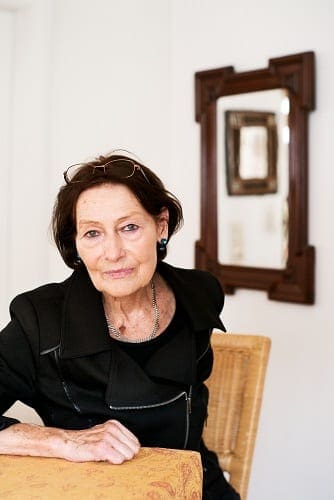Mυθοποίηση – Mythopoesis
Nachricht vom letzten Menschen
The Mythology of Michal Martychowiec
Dear visitor,
Tomorrow, Saturday (6 p.m.), Michal Martychowiec's solo exhibition will open at Thesaurós in Uhlandstrasse, Berlin. Its hopeful title: Nachricht vom letzten Menschen [Message from the Last Man]. Please feel warmly invited to this celebration!

Since the last e-mail already caused some controversy - in particular about the figure of the 'panda' and its association with the last man - here a passage from the exhibition text as an appetizer. How does the artist come to associate the sweet, small, cuddly and oh so lovable creature with the last man and incorporation of decadence? Yes, to put it in community with the nihilistic god of death himself?
"In Martychowiec's work the panda is an unmasking symbol of decadence at the centre of a modernity that has long become empty. The panda stands for the last man at the end of history, bound between neoliberal normativity and the decoupling from his own historical-cultural becoming. As a pop cultural symbol, it is omnipresent and can also be interpreted as a medium of Chinese 'soft-power' politics. Pandas found their biological niche through a genetic mutation in the spine, which allowed them to sit comfortably. Bamboo, their primary food source, is poor in nutrients and must be eaten 16 hours a day. The species, which is already extinct in the wild, a museums piece, mostly lives in so-called panda villas. There they are looked after by guards and psychologists. Most reproductions occur through artificial insemination."
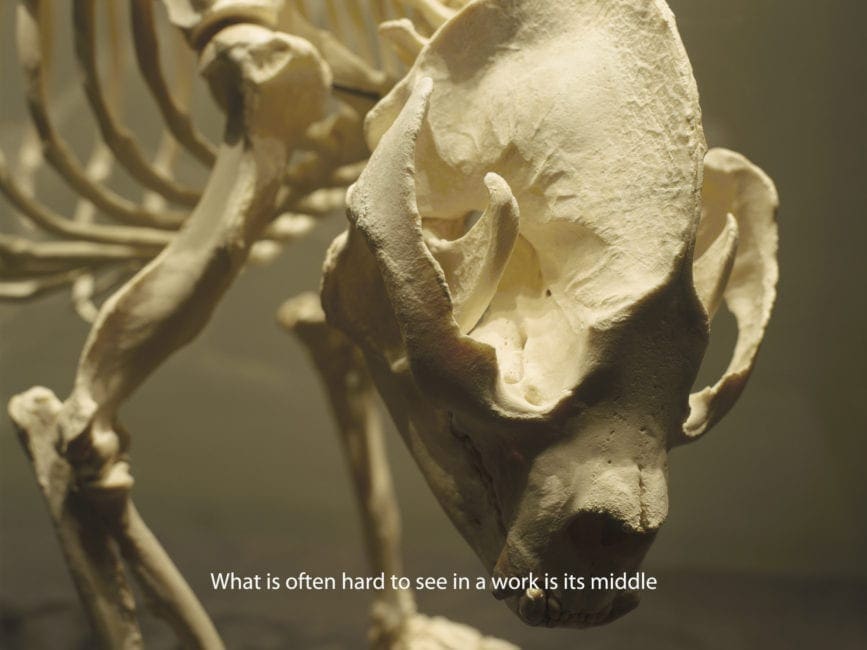
Ask yourself with us what might be the message of the last man.
Certainly, we do not know and can only interpret.
Yours,
Julian M. H. Schindele

ÖFFNUNGSZEITEN & ADRESSE
Eröffnung 29. August 2020, 18 Uhr.
Laufzeit: 30. August – 11. Oktober 2020
Öffnungszeiten: Dienstag & Samstag 15 – 18 Uhr.
Persönliche Besichtigungstermine nach Vereinbarung.
Auch für Besuchergruppen bis drei Personen.
Eintritt & Führung kostenlos.
Bublitz. Thesaurós. Uhlandstraße.
